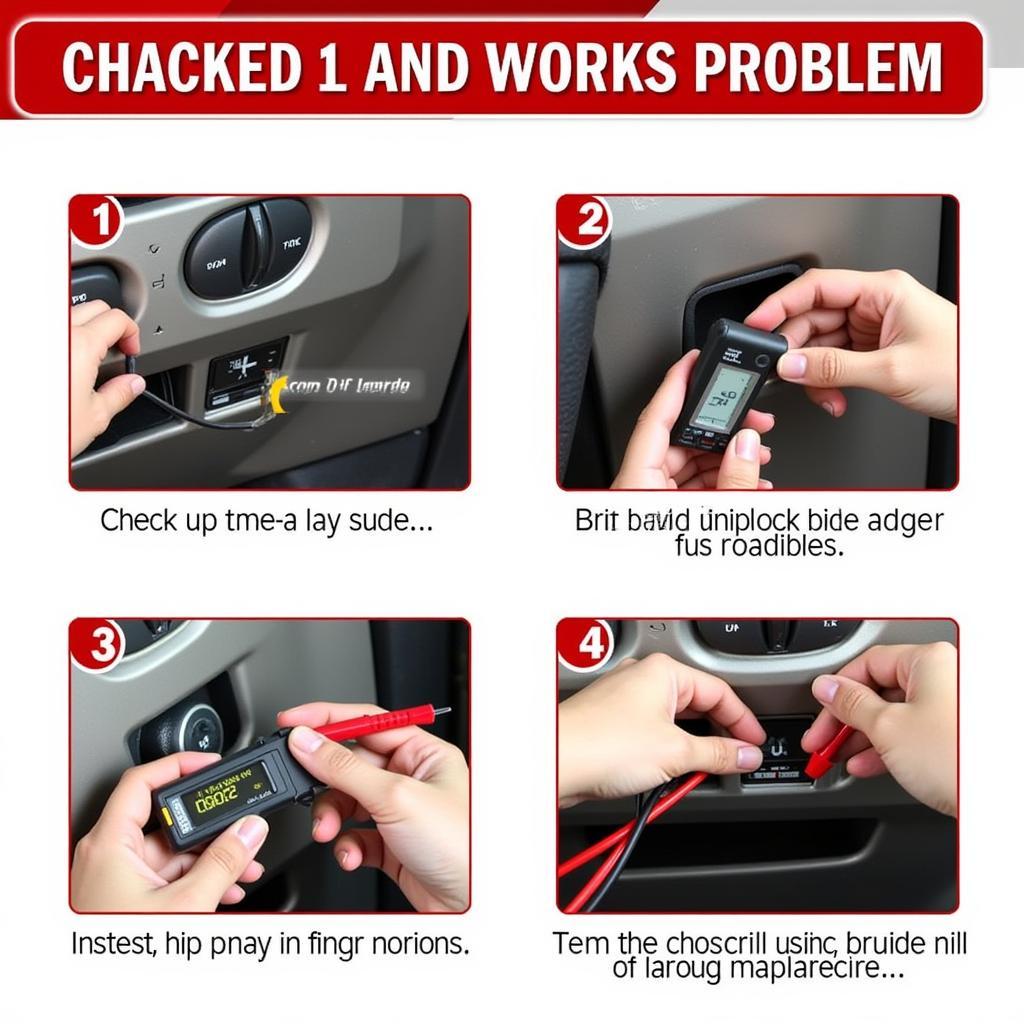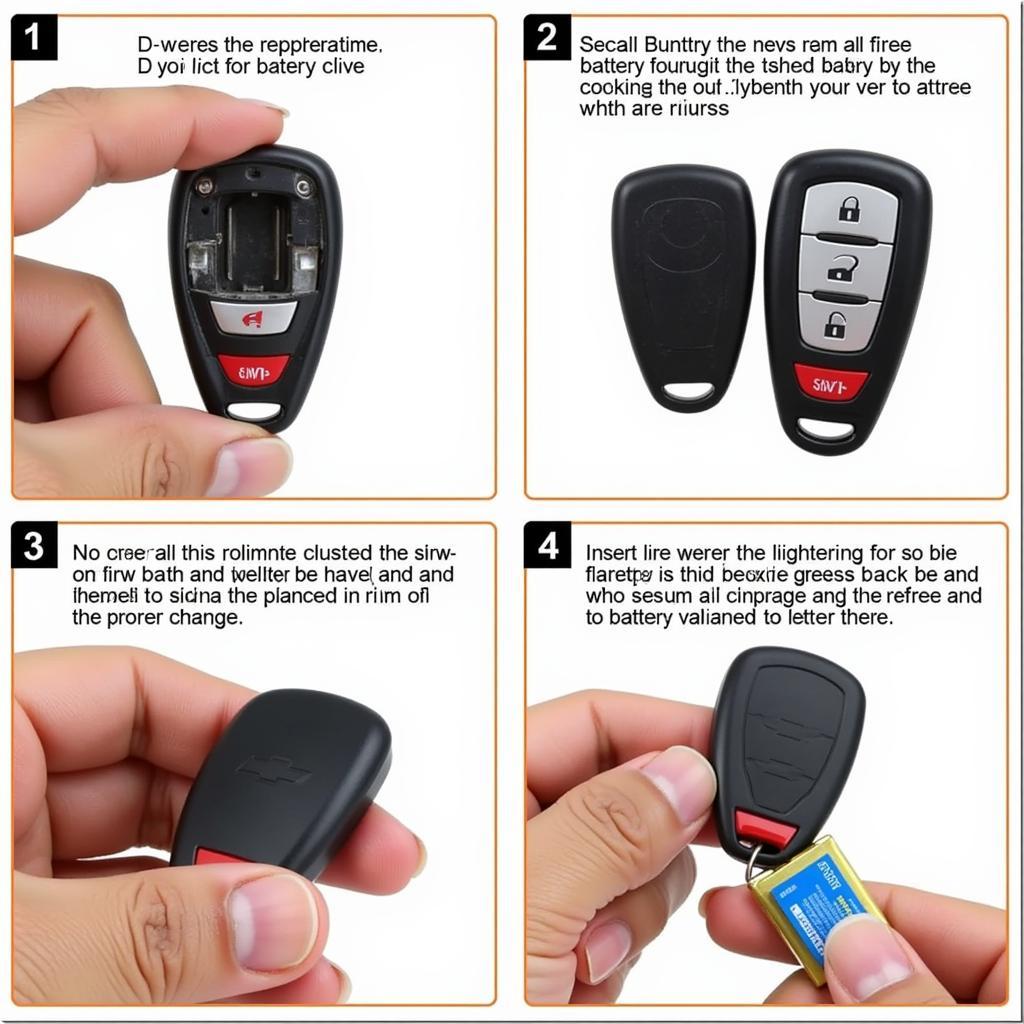A brake lamps warning light on your 1998 Honda Accord is a clear signal that something isn’t right with your vehicle’s safety systems. Ignoring this warning could put you and other drivers at risk. This comprehensive guide will help you diagnose and potentially fix the issue, getting you back on the road safely.
Understanding the Brake Lamps Warning Light
The brake lamps warning light, often a red circle with an exclamation mark or the word “BRAKE” inside, illuminates on your dashboard when your car’s computer detects a fault in the brake light system. This could be due to a blown fuse, a faulty brake light switch, or even a simple as a burned-out bulb.
Common Causes and Solutions
Let’s dive into the most common culprits behind a brake lamps warning in a 1998 Honda Accord and how to address them:
1. Blown Fuse
One of the easiest issues to fix is a blown fuse. Your Accord has a dedicated fuse for the brake lights, usually located in the fuse box under the dashboard or in the engine bay.
- Solution: Consult your owner’s manual to locate the correct fuse. Once found, inspect it for a broken filament. If the filament is broken, replace it with a new fuse of the same amperage.
2. Burned-out Bulbs
Just like any other bulb, your brake light bulbs can burn out over time.
- Solution: Inspect both brake light bulbs by having someone press the brake pedal while you check for illumination. If a bulb is out, replace it with a new one of the same type.
3. Faulty Brake Light Switch
The brake light switch, located above the brake pedal arm, activates the brake lights when the pedal is pressed. Over time, this switch can wear out or malfunction.
- Solution: If the bulbs and fuse are fine, the brake light switch is likely the culprit. Replacing this switch often requires basic mechanical skills. If you’re not comfortable tackling this yourself, a mechanic can easily diagnose and replace the switch for you.
4. Wiring Issues
Worn or damaged wiring within the brake light circuit can also cause the warning light to illuminate.
- Solution: This is a more complex issue that requires a thorough inspection of the wiring harness leading to the brake lights. Look for any signs of damage, such as fraying, melting, or loose connections. Repairing or replacing damaged wiring is best left to experienced individuals.
Remote Diagnostics and Programming
In some instances, particularly if the issue seems electrical in nature and persists after checking the common causes, your 1998 Honda Accord may benefit from remote diagnostics and programming.
“Modern vehicles like your Accord heavily rely on onboard computers and sensors. Remote diagnostics can tap into these systems, pinpoint the root cause of the warning light, and even reprogram certain modules to resolve software-related issues.” – Mark Stevenson, Automotive Electrical Engineer
While remote diagnostics can be a powerful tool, it’s crucial to consult with qualified professionals specializing in your vehicle’s make and model.
Preventing Future Brake Light Issues
Here are some proactive measures to prevent future brake light warnings:
- Regular Inspections: Incorporate a visual check of your brake lights into your routine car maintenance.
- Timely Replacements: Replace aging bulbs promptly to avoid unexpected failures.
- Professional Check-ups: Include a brake system inspection during your regular car service appointments.
Conclusion
Addressing a brake lamps warning light on your 1998 Honda Accord is crucial for your safety and the safety of others on the road. By understanding the common causes and following the troubleshooting steps outlined in this guide, you can often resolve the issue yourself. However, don’t hesitate to seek professional assistance if needed. Remember, a well-maintained vehicle is a safe vehicle.


